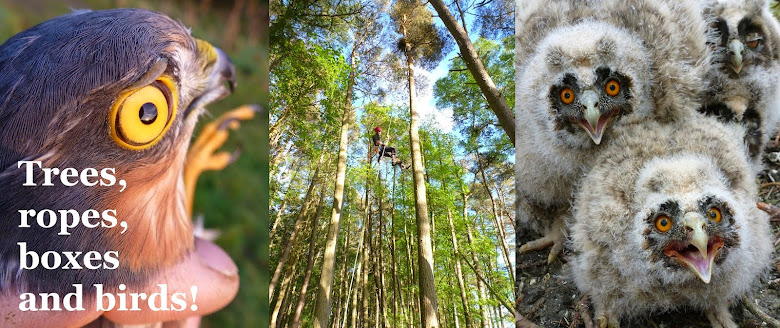Northern Saw-Whet Owls are amazing birds!
Tiny and highly secretive, the Northern Saw-Whet owl is a gorgeous bird and I was super lucky to meet one at the Bruce Peninsula Bird Observatory back in Fall of 2016! Ringing, or banding as they call it, is a way to learn about the complex migratory patterns and routes of birds that can travel astounding distances. Now studies are beginning to show more information although it is never easy!
Check out this link for more info on the studies: https://www.allaboutbirds.org/news/a-grassroots-banding-project-reveals-how-amazing-northern-saw-whet-owls-are/ and if you want to make them a box, here are some nest-box making plans! https://nestwatch.org/learn/all-about-birdhouses/birds/northern-saw-whet-owl/
Here are a couple of pics from back in 2016 at the BPBO in Ontario, Canada.





















